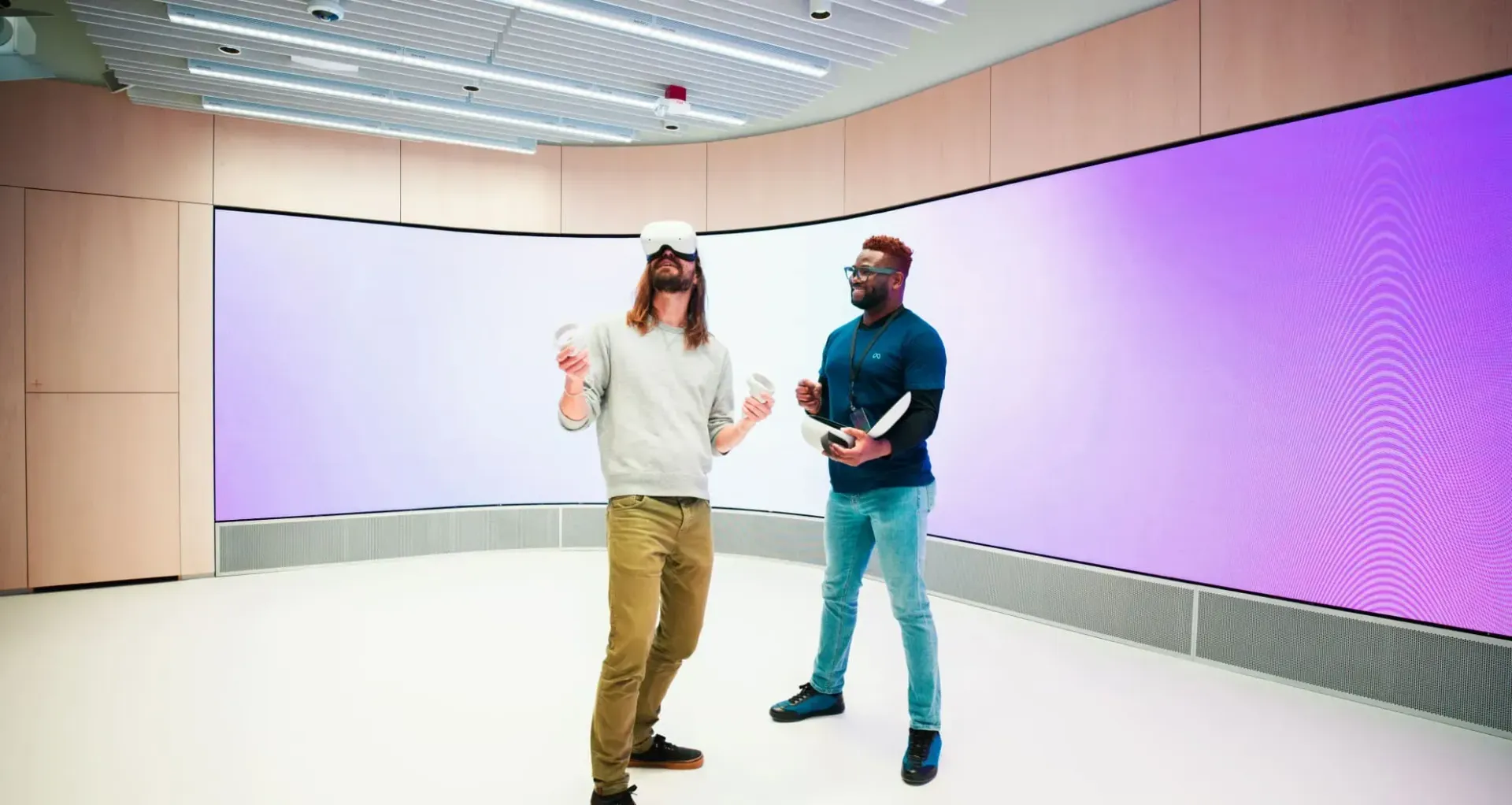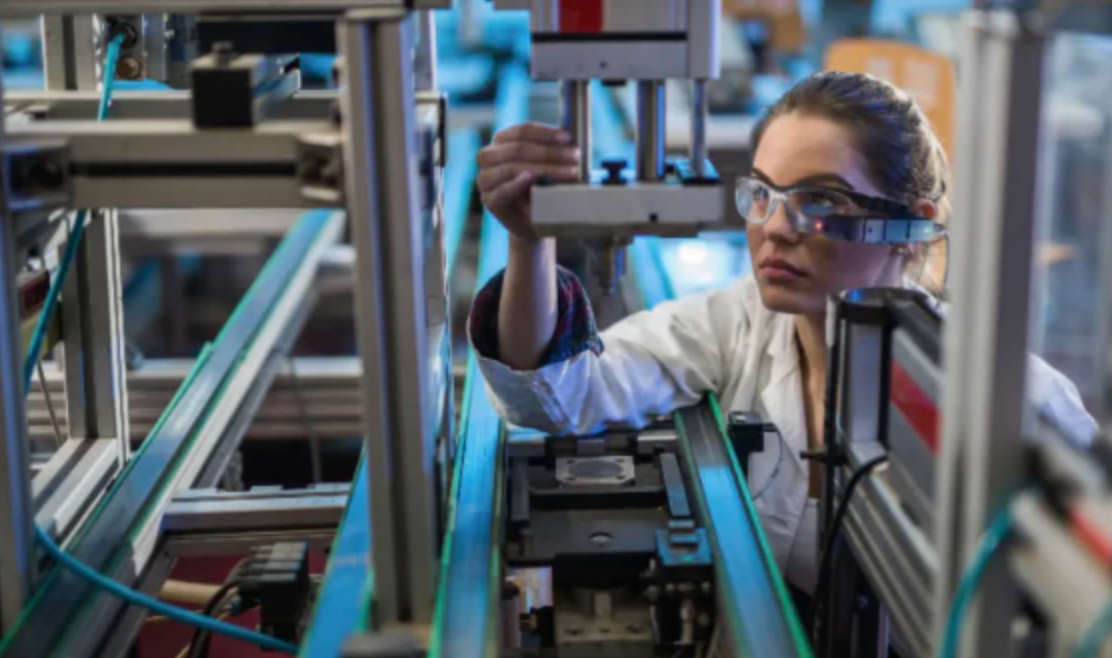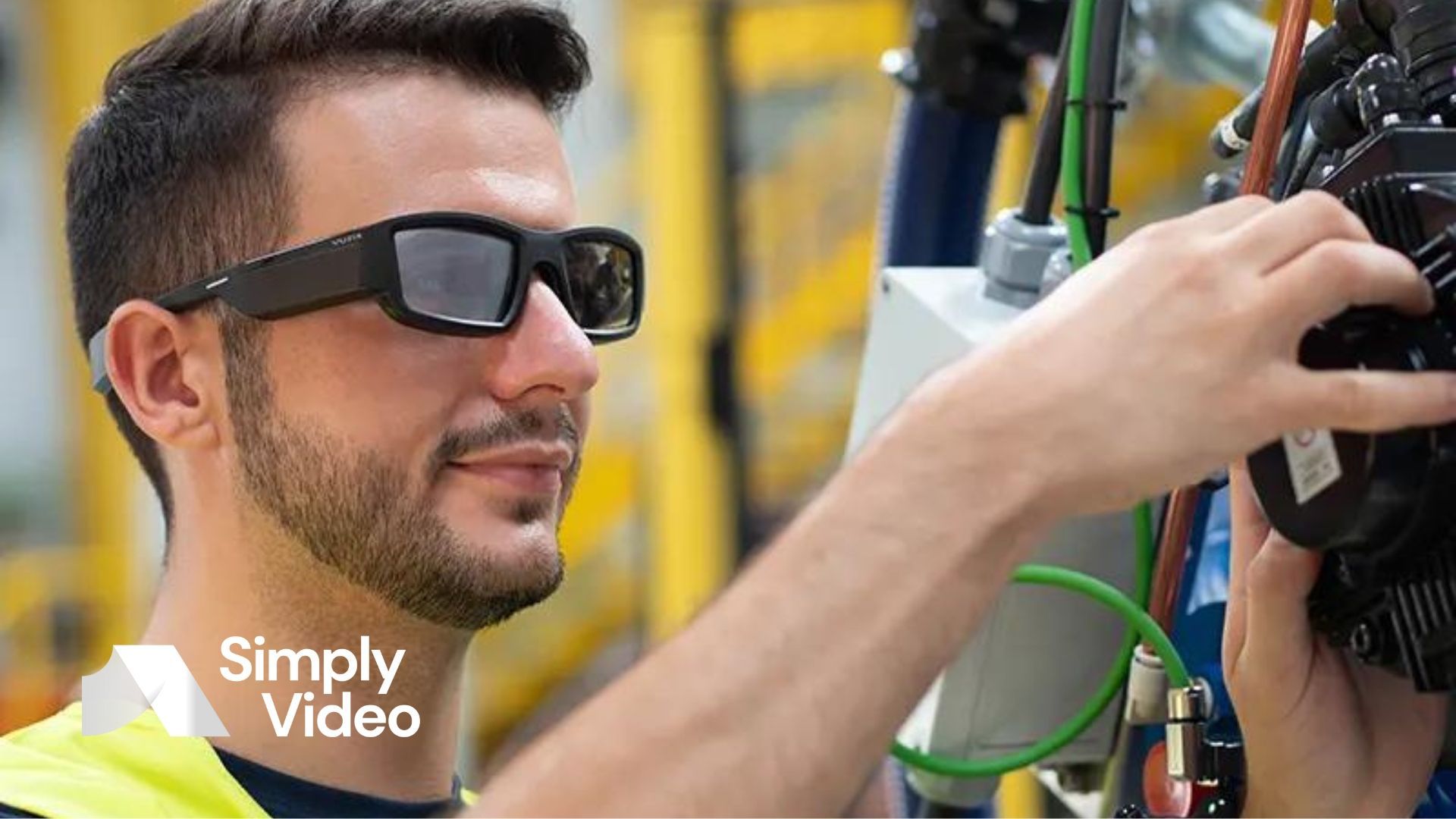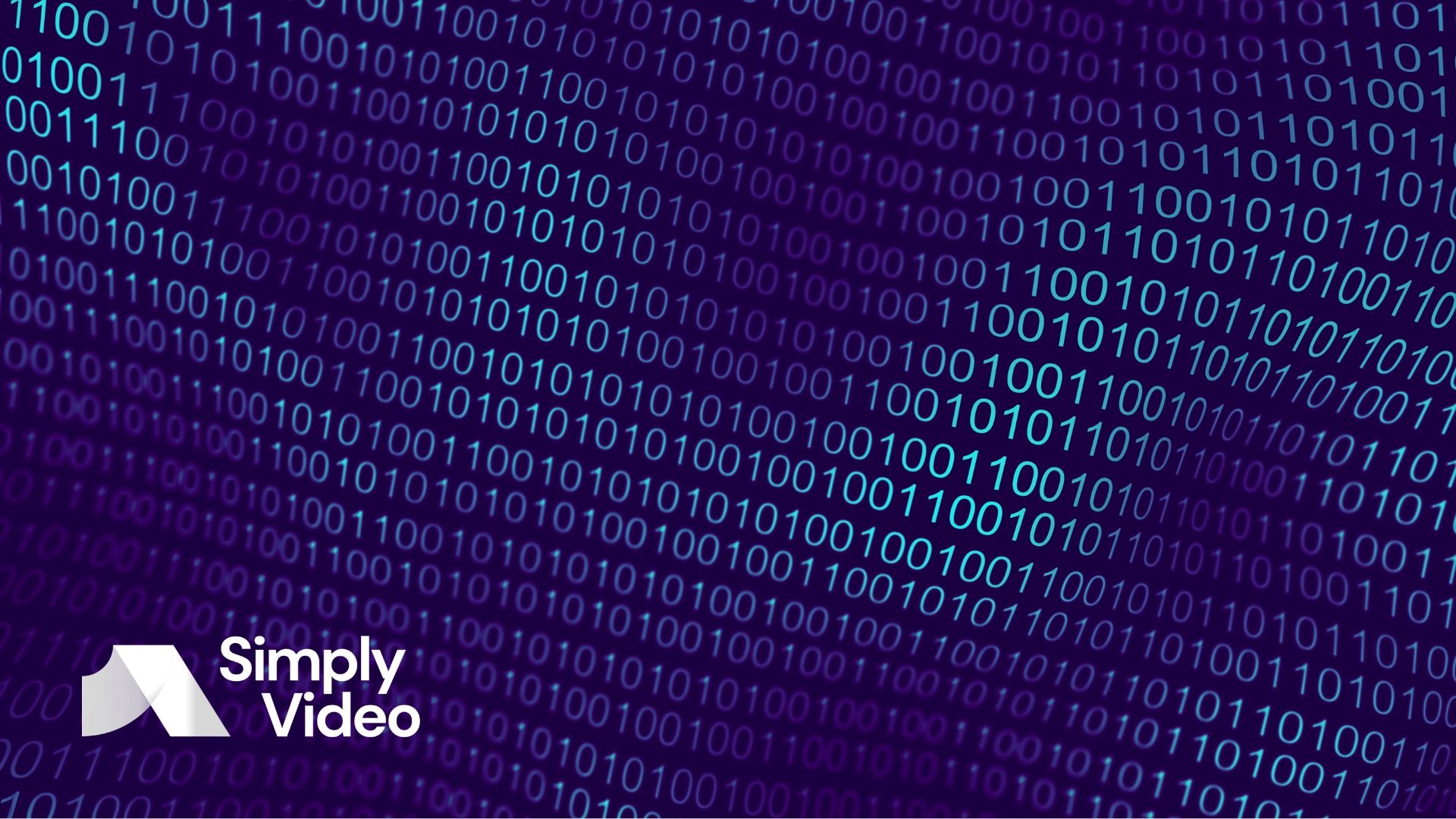Are digital twins the future of work?
What are digital twins? How can they help to transform workflows? Find out in our 5-minute guide for industry professionals.

The world of work has changed a great deal in the past few years. The shift towards remote or hybrid working and cloud-based solutions was already underway – but the enforced lockdowns of 2020 and 2021 gave it a massive push.
When it comes to cloud technology, you have to take notes – and fast. Just when you think you've got your head around Slack, cloud migration, XR or the Internet of Things, another term pops up.
One of the newest additions to the conversation is the concept of digital twins. These are exact virtual counterparts of real-life physical objects.
Let's say you're in charge of a wind turbine, a bridge, a jet engine or a car. You fit the physical object out with sensors that record things like fuel efficiency, energy output and temperature.
The data from these sensors is sent in real time to its digital twin, where it can be studied from any location. The digital twin uses machine learning to analyse the data and send actionable insights back to the physical object.
To take one example, there are two BMW factories in Regensburg, Germany. One is a physical facility that staff go into every day. The other is a 3D replica that can be accessed via VR headsets.
Digital twins provide simulations with an unprecedented level of detail. Want to know how an object would behave at a different temperature or humidity? You can run the simulation from any device, anywhere.
How old are digital twins?
The core idea behind digital twins has been around since at least the 1960s. NASA would create an earthbound version of each spacecraft they built. Staff would use these replicas to run possible scenarios.

The big difference now is that the physical object is fitted with multiple sensors feeding data to a system processor.
This iteration of digital twins has been around under different names since the early 90s. The concept was first applied in the manufacturing sector by Dr Michael Grieves in 2002. The term itself was coined by NASA's John Vickers in 2010.
It's a new frontier for product and facility testing. It enables enterprises to make better-informed decisions that are driven by rich, granular data.
What's the difference between a simulation and a digital twin?
When reading up on digital twins, you might be unclear as to the distinction between them and simulations.
Both are virtual replicas of physical objects. But a simulation refers to a single component, whereas a digital twin is a virtual environment that consists of many simulations.

Let's say you work in agriculture. You could create a digital twin of your irrigation system. Data about soil, weather and crops would be relayed to your digital twin in real time. This could then help you to make better decisions about water usage.
A simulation would focus on just one of those functions – and it wouldn't necessarily use real-time data.
Simulations are a one-way street. They show you how part of a physical object is – or could be – functioning.
By contrast, digital twins provide a two-way flow of traffic. Those IoT sensors collect data for the system processor, which then uses machine learning to send insights back to the source object.
What are the different types of digital twins?
There are four main types of digital twins. Usually, an object's digital twin will be a combination of some or all of these different kinds.
These four types sit on a sliding scale of size – not importance, as such.
Component twins
are small, discrete units – the smallest part of a digital twin. If a digital twin is like a house, then component twins are the bricks.
Assets twins
are where two elements work together. Bricks and mortar, say.
Then there are
system or
unit twins – the next level up. At this stage of complexity, you can study how bricks, mortar, plaster and wallpaper all work together.
Finally, there are
process twins. This would be where all of the above are working together – a full-scale virtual replica of a house.
Once you've got your process twin, you can answer all sorts of questions about how different functions work together.
To continue with the house analogy, if you slam a cupboard door, does plaster fall from the ceiling? Is that patch of damp in the box room likely to spread to the bedroom?
Apply this logic to a bridge, an engine or an energy generator, and you can see why some people are pointing to digital twins as the future of work.
How do digital twins fit into the age of hybrid working?
Since the pandemic, most enterprises find themselves staffed by remote or hybrid workers. Some split their time between branch and home. Some are entirely deskless.

The advantage of this isn't just that it can lower your commercial rent payments. It also means that you can draw on a global pool of talent and get just the right person for every job. Geography is no longer a barrier to effective recruitment.
None of this would be possible without today's ecosystem of cloud-based tech – from VoIPs to digital workspaces. Digital twins are rapidly taking their place in this new way of working.
With a digital twin, a deskless worker can troubleshoot equipment from another city – or even country. They can run accurate simulations of possible scenarios and get actionable data back.
Site visits can still happen. But you no longer need to blow your budget on travel – and all the emissions it creates – when you can access these insights anywhere in the world. And you don't need to put your frontline staff in hazardous scenarios unless absolutely necessary.
SimplyVideo and the remote-first revolution
Digital twins are part of a general shift towards remote collaboration. So is SimplyVideo.
We provide XR-enhanced video-conferencing software that can hook up frontline staff with remote expertise in seconds. All you need to do is deploy our solution on your XR headsets or smart glasses.
We don't have a crystal ball. But we're confident that the business world will embrace more and more remote solutions in the coming years – and that digital twins and
video collaboration software will play a crucial role.
Follow
our blog for more industry news and insights.












